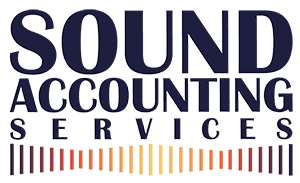Reverse charge
The reverse charge is a method of self-accounting for VAT. The supplier doesn’tcharge it and the customer then calculates the VAT due and charges itself the VAT by putting it in Box 1 of the VAT return and them claiming it back again in Box 4. In most cases the net effect is nil so what’s the point?
What does it apply to?
The reverse charge now applies to a number of supplies of goods and services including: (1) B2B services bought in from overseas suppliers; (2) domestic supplies of specified goods – mainly mobile phones and computer chips; (3) certain electronically supplied services; (4) standard rated supplies of gold; (5) wholesale telecommunications services; (6) emissions trading; and (7) wholesale gas and electricity. If it applies and you are the supplier, you must remember not to charge VAT on your invoices and to comply with any statistical declaration requirements.
What’s the point? The reverse charge is used for two purposes. The idea is to create a level playing field between overseas and domestic suppliers and in all other cases it’s a method of combating VAT evasion.
Overseas issues
When a UK business buys in services from an overseas supplier, in most cases applying the reverse charge is simply an accounting formality as they pay and recover the same amounts on their VAT returns. However, if you are dealing with an exempt or partially exempt UK business, it would have to charge itself the output tax but could not claim some or all of it back depending on its level of exempt supplies. If the business were entirely exempt it would have to monitor the level of reverse chargeservices that it bought in and if that exceeds the VAT registration threshold it would have to register for VAT, charge the VAT on the bought-in services and would not be able to claim it back.
Level surface. Were it not for the reverse charge, exempt UK businesses, such as banks and insurance companies, could buy in, for example, legal and accounting services from outside the UK and avoid being charged VAT. This would mean that UK suppliers were disadvantaged by being effectively undercut by overseas supplies to the tune of the 20% irrecoverable VAT they had to charge.
Anti-evasion measure
All the other reverse charges are designed as anti-evasion measures to remove VAT from the supply chain. In missing trader frauds (MTIC) a bogus company sets up and registers for VAT. It buys in goods from another EU country free of VAT and sells them on to other UK businesses charging them VAT. It collects the VAT on the sale of the goods but does not declare it on its VAT returns and after a few months disappears with the VAT it has collected. By introducing a reverse charge into business sectors hit by MTIC frauds the fraudulent supplier does not charge VAT to the customer so there is no VAT for them to collect and run off with. The customer records the transaction on their VAT return but no actual VAT is accounted for.
Reproduced with the permission of Indicator – FL Memo Limited. For subscription information call 01233 653500;
